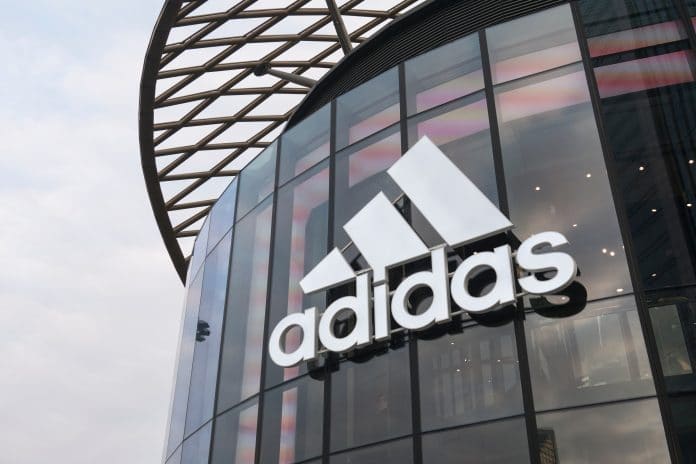Amazon have launched their latest exploration into frictionless shopping – #AmazonCart (or #AmazonBasket for UK audiences).
Their latest concept allows consumers to add items to their Amazon basket without leaving the confines of Twitter. If they see an amazon product link, tweeters can simply reply including a hashtag #AmazonBasket, and the item will be automatically added to their shopping cart, waiting for when they next check-out, no doubt fuelling impulse purchases, and helping spread amazon product links organically too. Even if the consumer doesn‘t checkout, Amazon will be hoarding interest data on which links are gaining traction at an individual and segment level.
Whilst coverage of the new approach has discussed this being a result of a partnership between Twitter and Amazon, this technique doesn‘t at all rely upon any relationship between the two technology giants – any brand could build this based upon Twitter‘s open API without their intervention, which raises questions about how easily Twitter can be excluded from revenue opportunities using their platform. Twitter have previously attempted to launch pay-by-tweet mechanics, such as their partnership with American Express in early 2013, and even earlier than that twitter-commerce platform Chirpify offered a ‘order via a tweet‘ mechanic – but both have so far met with limited success or consumer adoption. News of a potential partnership between Twitter and online payment provider Stripe surfaced in January of this year, although that has yet to be seen to provide opportunities for the social network.
Amazon are a relentless innovator when it comes to omni-channel retail and rethinking how purchase journeys exist, both building upon existing digital consumer behaviours (like regular purchases via their Amazon Subscribe and Save concept), or sparking new ones (like showrooming).
Personally, I feel Amazon always lose in the ‘browsing‘ stakes, their online experience delivers nowhere near the joy of wandering around a bookstore or physical retail environment, so it makes sense that they‘re branching out in order to find different ways of consumers stumbling across or browsing their product catalogue, whether it be through a gap in the fridge (Amazon Dash) or this latest addition of your friends and network mentioning products.
Other retailers should absolutely take a leaf out of Amazon‘s book, in exploring how other platforms outside of their direct control, like Facebook or Twitter, can be turned into transactional channels utilising simple techniques like this, and constantly look for new consumer behaviours along the entire purchase journey – not just at the point of consideration or purchase, as the businesses which make the most of effortless action to add an item to a basket, or at the very least register your interest, will lead in the next phase of multi-platform retail.


















